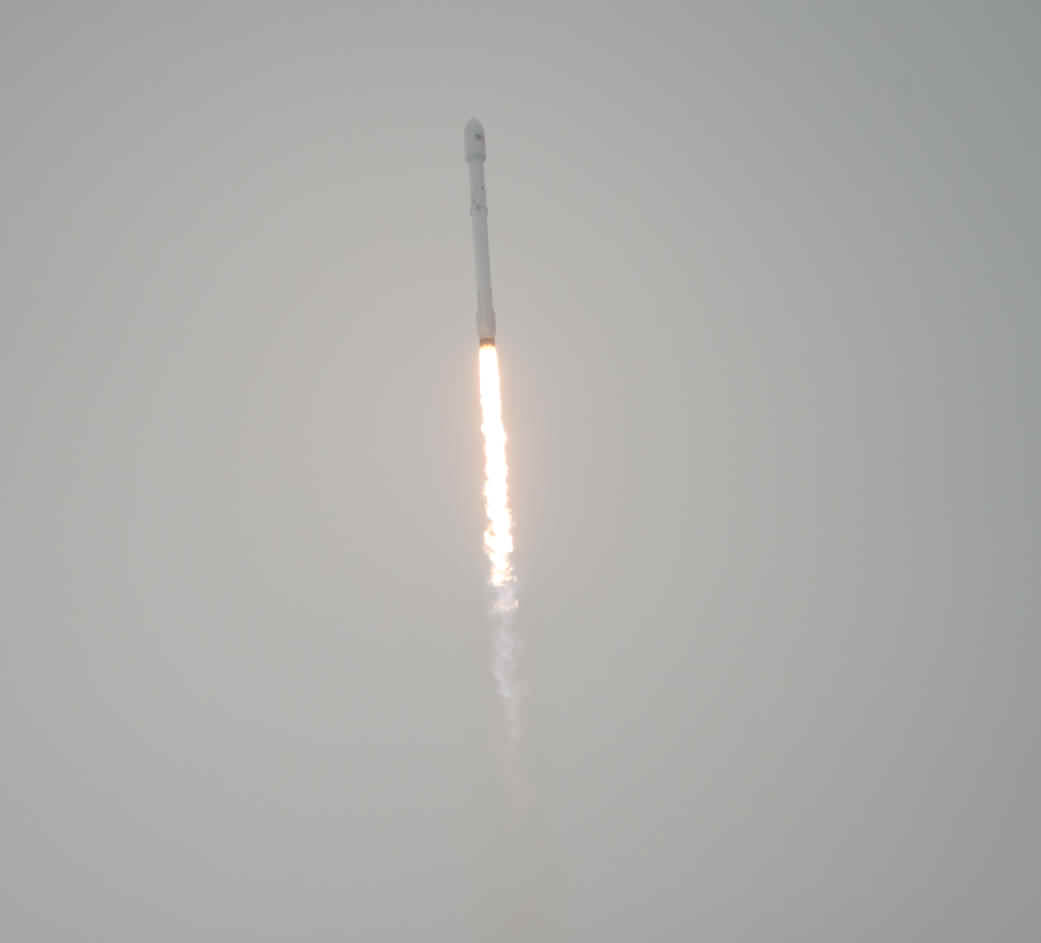
A SpaceX Falcon 9 rocket successfully launched the NASA/NOAA/European Jason-3 sea level rise reconnaissance satellite a short while ago today, Sunday, Jan. 17, from Vandenberg Air Force Base into a polar orbit around the Earth.
The launch was a complete success with all first and second stage rocket firings and the Jason-3 deployment occurring precisely as planned and on time.
The minivan-sized Jason-3 spacecraft was delivered successfully into its intended polar orbit of 830-miles (1,336-kilometers) above Earth – the primary objective of the mission.
Jason-3 will gather global measurements of ocean topography, or wave heights, using radar altimitry. These data provide scientists with essential information about global and regional changes in the Earth’s seas such as tracking sea level rise that threatens the resilience of coastal communities and the health of our environment.
“Jason-3 will take the pulse of our changing planet by gathering environmental intelligence from the world’s oceans,” said Stephen Volz, assistant administrator for NOAA’s Satellite and Information Service, in a statement.
SpaceX’s own secondary objective of soft landing the Falcon 9 first stage, was partially successful. Although the booster was targeted precisely to an oceangoing barge in the Pacific Ocean, it ultimately crash landed when one of the four landing legs apparently failed to deploy fully causing the rocket to tip and fall on the deck – said SpaceX CEO Elon Musk.
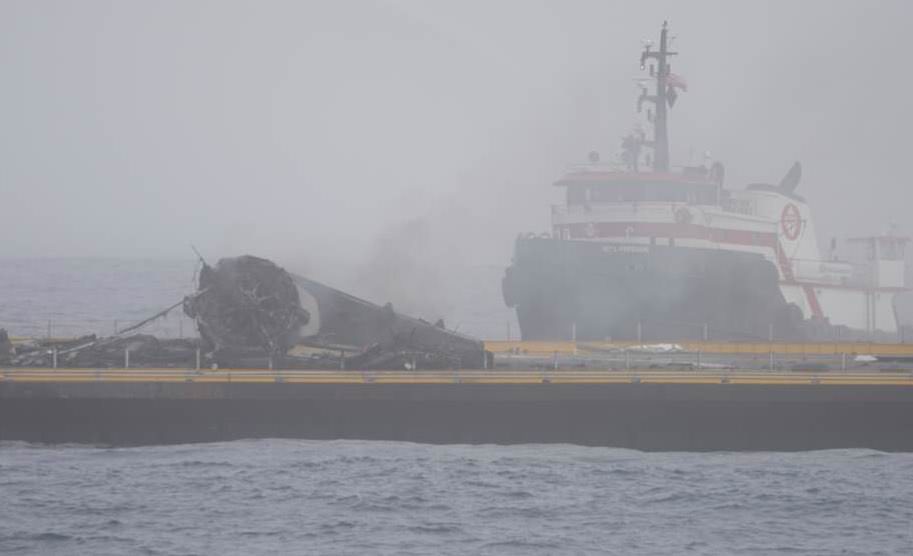
Despite being almost wholly obscured by heavy coastal fog, the liftoff of the two stage 224-foot-tall Falcon 9 took place on time at the opening of the 30-second launch window on Sunday morning, Jan. 17 at 10:42:18 a.m. PST (1:42:18 EST) from Space Launch Complex 4 (SLC 4) on Vandenberg Air Force Base (VAFB) in California.
The exact launch time was 10:42:18.386 a.m. PST, or 1:42:18.386 p.m. EST — “the targeted bulls-eye,” according to NASA Launch Commentator George Diller.
Watch this NASA countdown and launch video:
Separation of the 1100 pound (510 kg) spacecraft from the rocket’s second stage occurred on time at about 2:36 pm EST. The solar array deployment began on time and unfolded completely to a length of 30 feet (10 meters).
Ground controllers successfully acquired the spacecraft’s signals, and initial telemetry reports showed the satellite was in good health, according to NASA.
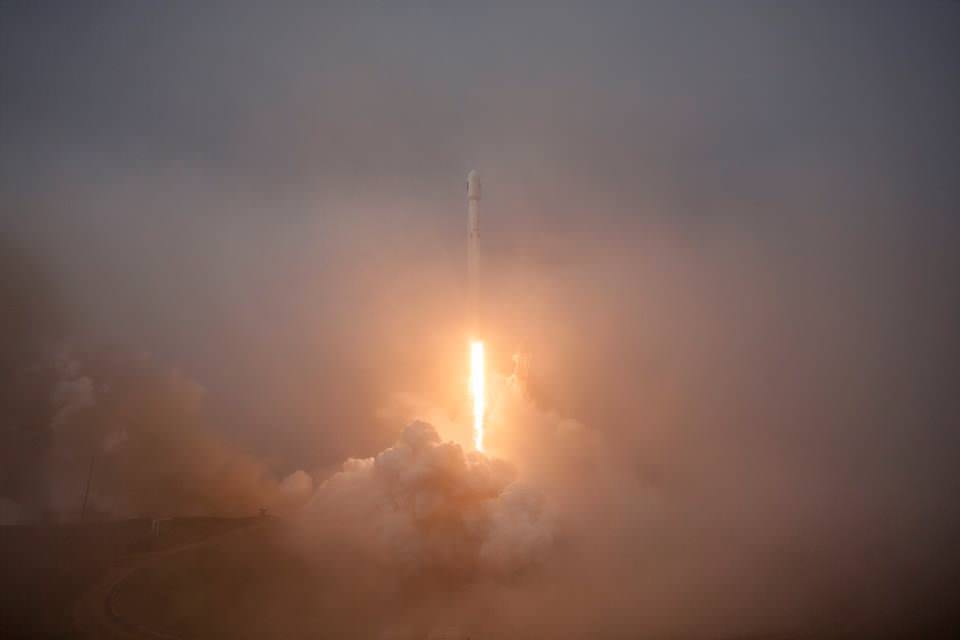
Jason-3 is the fourth mission in a U.S.-European series of satellite missions that measure the wave heights of the world’s ocean surfaces.
The mission continues over 23 years of sea level measurements begun in 1992 and gathered by the prior satellites in this series including Jason 1 and 2 and TOPEX/Poseidon.
Jason-3 will measure the topography of the ocean surface for a four-agency international partnership consisting of NOAA, NASA, Centre National d’Etudes Spatiales (CNES), France’s space agency, and the European Organization for the Exploitation of Meteorological Satellites (Eumetsat). It was built by Thales Alenia of France.
What are the goals of Jason-3 and how will it operate?
“The US/European Jason-3 is designed expressly to monitor sea level rise. Sea level rise is one of the clearest symptoms of global warming,” said Larry Miller, Jason-3 Project Scientist for NASA, at a prelaunch media briefing on Friday, Jan. 15.
“Jason-3 will help us forecast hurricanes, El Nino’s and other extreme weather events.”
The probes radar altimeter measurements help infer heat content in the oceans.
“Jason-3 will measure the role of the Earth’s oceans in this complex process. More than 90% of the heat being trapped in the Earth’s system from the green house effect is going into the ocean.”
“So the ocean is the biggest player in the climate change story. Jason-3 will allow us to get the big picture on sea level change in the years to come.”
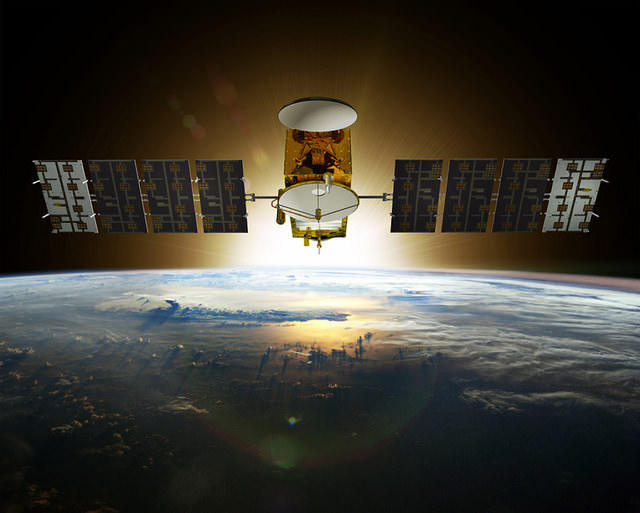
Jason-3 was initially placed into a polar orbit about 15 miles (25 kilometers) below the still operating Jason-2.
Engineers will gradually raise it to the same 830-mile (1,336-kilometer) high orbit as Jason-2, but following in a formation flying ground track several minutes behind. This will allow scientists to precisely calibrate the Jason-3 instruments over the next six months as they make near simultaneous measurements.
The $180 million mission is expected to operate for at least five years.
“Jason-3 is a prime example of how our nation leverages NASA’s expertise in space and scientific exploration to help address critical global challenges in collaboration with NOAA and our international partners,” said John Grunsfeld, associate administrator for science at NASA Headquarters in Washington.
“The measurements from Jason-3 will advance our efforts to understand Earth as an integrated system by increasing our knowledge of sea level changes and the ocean’s roles in climate.”
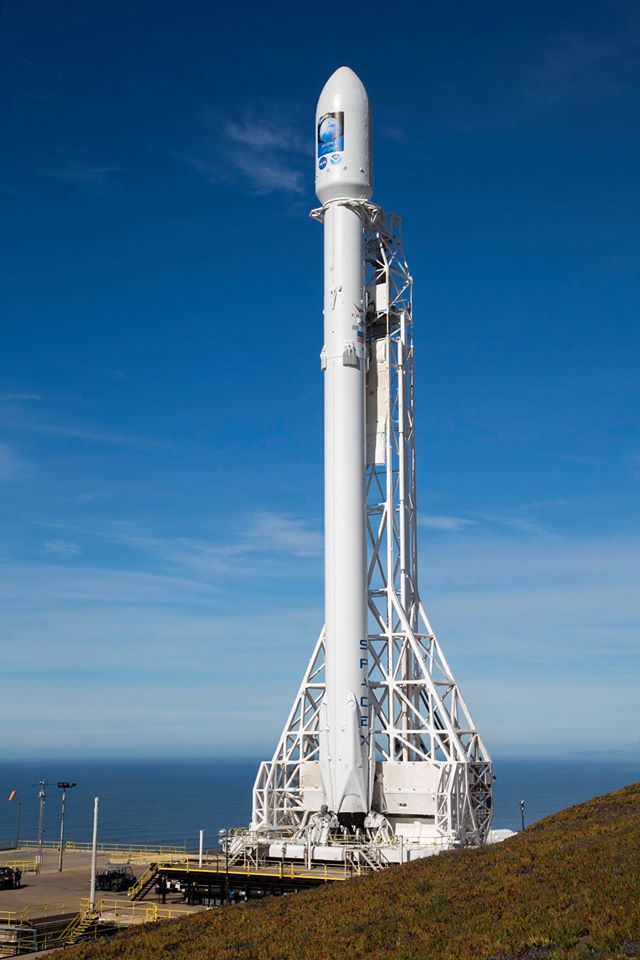
Today’s blastoff also marked the final launch of the Falcon 9 v1.1 version of the SpaceX rocket first flown in Sept 2013. That flight was also the last time SpaceX launched a rocket from their California launch pad.
Overall this is the 21st Falcon 9 flight and the 15th v1.1 version.
From now on SpaceX aims to launch the newly upgraded ‘Full Thrust’ version of the Falcon 9 featuring more powerful first stage Merlin 1D engines. The initial ‘Full Thrust’ Falcon 9 was used during the historic rocket recovery launch on Dec. 21, 2015.
SpaceX chief engineer Hans Koenigsmann said that an additional three or four Falcon 9 launches will take place at Vandenberg AFB this year.
Watch this NASA video describing the Jason-3 mission and objectives:
Stay tuned here for Ken’s continuing Earth and planetary science and human spaceflight news.

I’d expect a barge landing to be more punishing considering it isn’t as stable as dry land. Was this a further test or was there some reason it couldn’t land on land?
I don’t think they have a landing area set up for California launches, but I am interested in hearing from Space X themselves.
Do SpaceX plan to clean these rockets before reuse? If so how? They come down filthy presumably due to flying through it’s own exhaust on the way back down.
I’m imagining a giant rocket car wash since they plan on turning them around in just a few hours.
I know their next engine the Raptor is going to use methane and LOX as fuel partly to avoid all the soot so presumably it is a problem.
SpaceX President Gwynne Shotwell has stated the Falcon 9 v1.1 has about 30 percent more payload capacity than published on its standard price list, the extra margin reserved for returning of stages via powered re-entry. That was in the Wikipaedia Falcon 9 article, but it does reference the actual document. I expect that 30% also provides a margin for error with the actual launch, so you can’t save all of it. But saving half of it would be worth it.
Suppose you launched a traditional rocket. The rocket would come down as an empty tube: it would not be falling so fast that some large drone could not track it, catch it, and carry it gently to the ground. That’s how I would try to do it.
Are there any other ways we ought to think about?
I was curious about the flight – north or south? South it is! Did anyone in Santa Barbara, Los Angeles or San Diego see the launch? I wonder how far away was the most distant observer? That is, other than the expected Chinese or Russian *.sat monitoring…
Looks like some kind of catch wires that pop up and stop the stage falling over would be a good investment, especially on the barge. It seems silly to lose it because you have absolutely zero margin for tottering
One of the legs didn’t snap into place (think old fashioned card table) this time. Other than that there’s not really a tottering issue.